Lira Eau de Parfum by Xerjoff Review
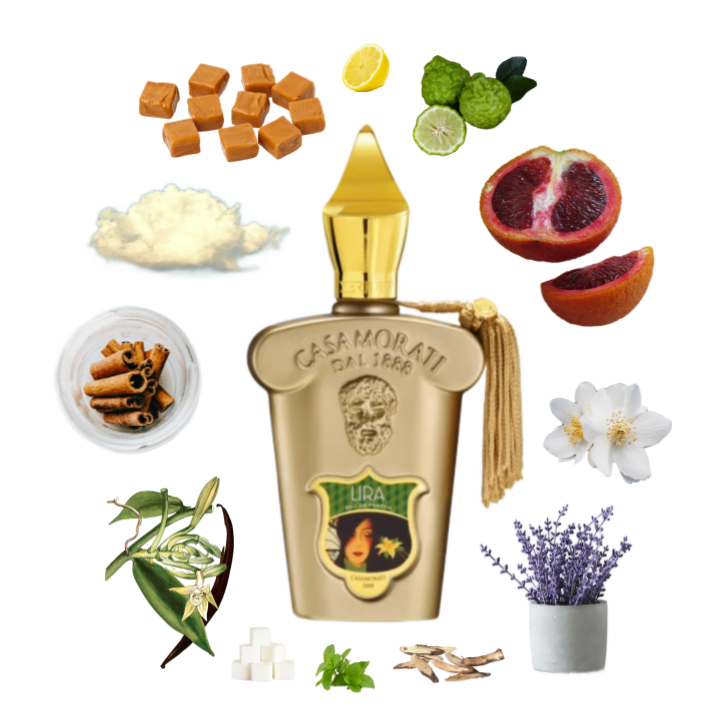
Cake.
I smell like cake. But not as much as I thought I might.
Perhaps the most popular offering of Xerjoff’s Casamorati line, Lira has become a bit of a staple in the world of modern niche gourmand perfumes.
I say modern, but this is Casamorati. The line is inspired by 19th-century Italian perfumery. According to the Xerjoff website, La Fabbrica di Profumi C. Casamorati was a perfumery established in Bologna in 1888, quite popular back in its day. The Casamorati line of Xerjoff scents aims to promote and preserve this scented heritage.
Just how they claim to do this is fuzzy at best. I don’t get the impression that these perfumes are replicas of 19th-century recipes, nor that they are particularly shaped by 19th-century methods or trends. Even the illustrations on the bottles feel more 1920s than 1880s to me, decidedly more flapper than art nouveau, more John Held Jr. for Life Magazine than Alphonse Mucha for Moet and Chandon. Though perhaps this is what they call quibbling.
Something about this whole backstory feels just a little bit Ghost Perfumer to me. That is, it makes me think of that whole royal backstory Creed allegedly made up in an attempt to justify their ridiculous prices via historical grandeur.

Xerjoff, too, is a relatively new so-called “niche” brand with deep corporate pockets and absolutely ridiculous prices. It seems fictitious historicity is de rigueur for such companies these days. The pricing feels just a little less shameless when you pretend there’s some great and storied history to it, no?
Never mind the fact that the surviving companies that have actually been around that long are far more affordable than Xerjoff or Creed.
Nonetheless, it’s a neat marketing concept, and Lira is the star of the line. And I can see why. Though it isn’t my typical sort of perfume, this is a gourmand that’s delicately balanced in such a way that it’s tolerable even to noses that usually don’t care for sweet scents. It keeps its projection modest and leans into a muskiness with aromatic touches that allows the sweetness to feel expansive and diffuse rather than suffocating or cloying. It somehow feels thin and low in imaginary perfume calories while still being delicious.
Plus it’s got that lovely citrus-and-sweets lemon pound cake thing going on. It’s just unique enough to stand out among generically sweet candy scents while still being utterly unchallenging and universally palatable.
Xerjoff’s Lira opens with an initial burst of citrus. Definitely orange. Whether that orange is blood orange as promised or not is up for debate. Blood oranges — the ones I’ve smelled, anyway — have a very particular smell. It’s less pointy and fizzy than a regular orange, more gray and almost mealy, red-berry-like, tart and almost bitter without being sour.
No blood orange note I’ve smelled in perfumery thus far has delivered on this. Both in Lira and in Hugo Boss’ Deep Red, the blood orange note is merely a generic burst of fresh citruses, vaguely like an orange fruit but not close enough to be a distinct spray of orange-peel juices or anything like a sweet orange essential oil.
Nonetheless, it’s citrus, alright. It has the diffuse floating fizz and slight sweetness of an orange, but the overall impression is more like lemon to me. An unsour and balanced lemon. Like a lemon flavor in a sweet pound cake, or, as my boyfriend more derisively noted upon smelling it, lemon Pledge polish.
Personally, I don’t think the lemon here smells obnoxiously artificial or too much like a cleaning product. It doesn’t come across as impressively naturalistic, but it’s a benign, vague sort of lemon note, the kind you know will mostly be gone in a few moments and doesn’t feel worth noting beyond its presence. Yep, that’s a spray of what feels like lemon. Check.
A hint of bergamot comes up behind the purported blood orange note and burst of unlisted lemon, imbuing the whole citrus accord with bubbly champagne-like sparkle. This is my favorite thing about the citrus of the opening. It ties a few vague, disjointed, unimpressive juicy notes together with a refined sort of fizz, making the whole thing feel worthwhile, even if it’ll only be at the forefront of Lira for an instant.
And then, in what can’t be more than two minutes, it passes. And suddenly a dark rain cloud floats over Lira and starts pouring down intense and smoggy balsam of Peru.
Ah, yes. Balsam of Peru, our old balsamic friend, that popular and relatively inexpensive incense note that fills in so many smoky and sweet accords. Woe to the one who has a balsam of Peru allergy, for this essential oil finds itself in half of the perfumes under the sun disguised under the simple ingredient name of “fragrance.”
(As an aside, it’s a bit silly that they’re allowed to simply label additives for fragrance as “fragrance,” isn’t it? Particularly for fragrance products, whose whole and entire point is their fragrance? But I digress.)
It’s an intense balsam of Peru. Rich and thick like incense or sweet firewood smoke. This is the note that filled in the opening of Maison Martin Margiela’s deceptively photorealistic high-concept hit, By the Fireplace.
In the first half hour, in face, Lira feels very much to me like a ultra-feminine flanker of By the Fireplace. This is sweet campfire smoke plus more sweets, bubbling bergamot champagne and lemon pound cake and something dripping and sticky. It’s a fairytale storybook sort of sweet smoke, something smoggy made candied and gorgeous on an illustrated page, perhaps the chimney of the witch’s house in the story of Hansel and Gretel or some other such sweet place.
Making these observations, I can’t help but be reminded of Guerlain’s Shalimar, that other supposed great feminine masterpiece that I find relies far too heavily on a smoggy balsam of Peru opening interlaced with a floor-polish sort of lemon.
From here, though, Shalimar never develops anything that feels particularly interesting to me. Lira blooms into a continued weirdness that does have something unique to it and eventually settles into a comforting cloak of softness.
(Some may crucify me for the insinuation that the contemporary, saccharine Lira is a better perfume than the great historic Shalimar. I make no such grandiose judgments of quality. Everyone can make their own choices as to what interests them, and those needn’t always align with historicity.)
As the smoke begins to clear, as I get used to the balsam of Peru and it sinks deeper into my skin, I become aware of something fresh spicy and aromatic. It’s almost minty. It feels like a warmer, more brown sort of fresh mint note.
With a jolt, I realize it’s the licorice.
The licorice note here isn’t dark or sticky, syrupy or overly dense. This is no black licorice candy, as I’d feared. Nor is it an overly sickeningly sweet cup of licorice root tea, though that flavor profile is closer. Rather, it’s light and aromatic, more towards an effect like mint than anything too heavy and pungent. It’s still a very particular and odd twist, but beyond the first hour it’s minor in the grand scheme of things.
All this is to say that I wouldn’t let disliking licorice candy stop you from sampling Lira. It’s a relatively quiet note most of the time that supports the overall structure of the scent, and provides a unique sort of spicy-fresh-aromatic sweetness to it all. I don’t particularly like black licorice, but Lira isn’t like that at all.
In the beginning, though, the licorice is certainly a strong and strange player on Lira’s stage. Instead of feeling over-sweet, it feels over-fresh and too diet compared to the rest of the production, like a sucralose-sweetened sugar-free mint served in the midst of a decadent fireside tea party.
To me, the effect is disjointed, though others might call the same contrast delightful. I suppose much of this comes down to how you feel about licorice. I don’t particularly like the note, but it never jumps out at a level that’s overwhelming or revolting. Rather, it sinks into the background of the scent, perking up the rest of the notes with a minty, peppery kick of warm aromatic spice.
Half an hour in, things begin to feel less strange and more cohesive as vanilla comes to the forefront. It fills in the gaps in Lira, and, finally, I can sort of smell a vanilla cake, delicious and weird. It’s still dressed by prominent traces of licorice, but now they’re accompanied by a drizzle of caramel.
It’s a cake with perhaps a whiff of citrus here and there, but not such a cohesive citrus-gourmand affair on my skin as it is to some. On me, the citrus notes are fleeting, gone in an instant, letting the warm musky vanilla flourish and mingle with a decadent caramel with only the occasional whiff of lemon.
On hair and clothing, though, they stick around, producing a very lovely lemon-pound-cake effect. This is my favorite way to enjoy the fleeting citruses of Lira. If you’re one who is drawn to Lira specifically for this sweet-and-tart lemon cake effect, as I was, you’ll want to consider spraying these to hold onto those incredibly faint citrus notes longer.
And, sure, as per the vague “musk” note in the base of the pyramid, there’s a general muskiness about Lira. It’s a diffuse sort of vanilla sponge cake. Those faint, light, aromatic hints of lavender threaded through, barely there, embody and imbue much of the delicate musk of it all. It’s only a dash of lavender, quite soft, with that same musky blended quality to it, clinging to the minty licorice in an airy aromatic sprinkling of seasonings.
Lavender doesn’t ever come out as a distinct note in Lira. Not to me, at least. I can tell it’s in here, but it’s more about texture than substance. Instead of standing on its own, the lavender simply shapes the aromatics into a more delicate and musky direction. It’s a suggestion of lavender that suggests a certain light, airy, musky timbre, casting a pale lilac-colored light upon the rest of the production. It’s a cool gust of aromatic air that keeps things from getting too sticky, but it’s a shy lavender, barely there with almost no lines.
If lavender is only here as a shaft of cool-colored light, I don’t get any jasmine at all. Perhaps it’s in there somewhere, supporting the sweetness of it all with an upwind gust of white floral, but I don’t pick it up.
Despite all this dressing and decor, on me, the heart of Lira in the first hour is a smoky balsam of Peru note laced with licorice and distributed through a musky vanilla-cake diffuser. Warm and soft and licorice-sweet, strange and decorated with balsamic and herbal-aromatic touches.
Lira is sweet. But she’s gentle and soft. It’s not a walloping headachey sort of sweetness. This is a gourmand for grown-ups, sunny and sweet but also restrained and demure. Both in terms of volume and the softness of her edges, Lira is quiet, intimate and almost apologetic.
An hour in, caramel is having its moment basking in the sun. It’s quite comforting. Still resting on that balsamic smoky-sweet base, a light but sticky caramel flourishes. It’s a light and careful drizzle atop the cake, not a careless candy-making pool. The hand that applied it is practiced and the dosage is intentional, and it’s all balanced just right. There’s just enough cushioning for the caramel to bloom into a gorgeous dance of sugar turning hot and sticky and golden.
It isn’t until an hour in that I really start falling for Lira, when the sharper edges of licorice and balsamic smoke all melt away. What’s left is an airy, light, musky, incredibly soft vanilla with a very faint aromatic and citrus twist.
And, finally, I get it. This is why Lira is so popular. This is delicious.
At last the licorice has faded away to a very faint background note, blurred out. At last the smoky-sweet balsam of Peru accord is much less noticeable. The whole thing gets gauzier, and at last it’s fully become a gentle vanillic cake. It’s all cushioned and musky in a lavender sort of way.
A little renaissance of citrus flashes through the cake here and there, and now all the sharp and strange things about the citrus accord are gone, leaving only the occasional lovely suggestion of lemon pound cake.
I honestly was unimpressed with Lira until this point. I didn’t hate it, but I hadn’t expected much. I’m not a gourmand gal, and Lira just didn’t particularly resonate with me.
But it’s only after the first one to two hours that really I start to get it. That perfectly musky, airy, incredibly light lemon-tinged vanilla cake goodness. The lightest hints of licorice and balsam of Peru remain, but they’ve faded to the very back and finally lightened up. What’s left is tempered and yet tasty to an almost-addictive degree.
If I were a fan of gourmands, Lira would be in my top rotation. As it happens, alas, I really am not a gourmands gal. Even so, at this point I moved my sample of Lira back from my “samples to give away” box to the coveted “favorite samples to keep” row in my collection.
It’s not a perfume I see myself purchasing more of, and it’s not the one I’d miss the most if it were gone, but I can’t make myself let go of Lira just yet. Maybe sometime I’ll long for her gentle vanilla cake aura again.
In my view, the opening of Lira is clumsy, but the drydown is delicious, an order of events I do much prefer to the opposite. Sometimes some brash opening notes are regrettable but necessary if they are to stick around the periphery of the drydown creating something recognizable and cohesive.
Such is the case with Lira. This just wouldn’t be Lira without the strange tinges of minty licorice, of smoky balsam of Peru, of aromatic lavender and just-too-sharp lemon. All those things need time to fade back and settle down, and then all the puzzle pieces click.
Delicious. Airy, musky, tasty with a weird and slightly heavy-handed opening.
This is a perfume that’s quieter than I expected. For a gourmand, that’s not necessarily a bad thing. Lira is intentionally as light and airy and musky and delicate as possible in order to avoid coming off as a childish super-sweet body spray.
It succeeds in that mission. This feels grown-up and pretty. But one of the necessary sacrifices there is projection. I get no sillage and intimate volume from Lira, which suits the soft, delicate nature of the scent. It clings close enough for me and the people hugging me to smell it, and that’s good enough for me.
Lira doesn’t have the loud sort of projection some people want for clubbing. It’s not a pernicious sillage cloud that’ll follow you all the way down the street. Rather, it’s an intimate, romantic, personal sort of scent, perfect for a date you know will end with at least a hug and a peck on the cheek. This Valentine’s Day I had a cold and wasn’t wearing any fragrance but I kept thinking of Lira as a perfect romantic sort of date perfume to recommend around this time of year.
The cinnamon in Lira is never prominent. Three hours in, it adds some extra warmth and coarse, grounded texture to the back of the fading comforting and sweet vanilla. But it’s never front-and-center or very loud at all, at least on my skin.
The fading of Lira past the first hour is largely linear. For most of its lifetime, the perfume is all about musky vanilla cake dripping with caramel. It’s expansive and soft, an addictive pleasure, and yet so simple there’s little more to say about it.
The late dry down, some nine-plus hours in, has a certain almost-lactonic musky caramel air to it that reminds me quite a bit of the delicious caramel cookie drydown of Fancy by Jessica Simpson. The longer things go, the more the musk of Lira almost seems milky, perhaps a cool glass of milk to wash down all these decadent caramel deserts.
Yes, it’s quite musky. Not in a way that’s at all animal, nor abrasively artificial. This is the sort of soft muskiness that accompanies the white chocolate and benzoin of Matcha Meditation, and similar feather beds of base notes. It’s the sort of muskiness that’s fundamentally sort of edible, creamy and foamy and light as clouds.
Thist glorious late drydown aroma sticks around for quite a while.
Altogether, Lira clings to the skin for a period that is not quite 24 hours — when I go to bed, the next morning it is gone — but perhaps something like twelve or eighteen. The projection is intimate and the sillage is next to nothing, but when it comes to pleasure that sticks close, Lira is next to none.
Altogether, Lira is a very pretty, grown-up sort of gourmand. Nose Chris Maurice succeeds in creating a gourmand that stands out among the rest with its unique trimmings of licorice, balsamic smog, and lavender. These shape what might have otherwise been an unoriginal vanilla-caramel-citrus baked good gourmand through to its sweet-but-restrained, quiet-but-resilient conclusion.
Ultimately, this isn’t my sort of perfume, and I don’t foresee reaching for it very often. And yet, somehow lately I’ve felt myself warming up to gourmands, craving something simple and slightly sweet in a way I never have before.
Lira scratches that itch. It isn’t as unbearingly heavy or cloyingly sweet as many such perfumes out there, whose note pyramids I fall for and then can’t handle actually wearing. It’s not as intense and sickly-sweet as something like Amouage’s gorgeous but not-wearable-to-me Journey Woman. And it’s much more restrained than the typical designer sweet scents like Burberry’s Burberry Brit and Jessica Simpson’s Fancy.
No, Lira perfectly straddles the line between designer and niche. It feels lighter and more restrained than most any designer gourmand I’ve encountered, yet it’s mostly composed of entirely mass-appealing and unchallenging musky sweet notes. It can be picked out among its countless peers due to those unique licorice-smoke twists, but it’s not so unusual as to stick out as an abstract and hard-to-wear art piece.
I can see why this is a modern classic of a gourmand. It’s somehow simultaneously light and airy while packing a scrumptiously sweet punch. I’m someone that’s quite sensitive to sweetness in perfumes, and yet I never got sick of Lira. It never gave me a headache or a stomachache or simply got on my nerves.
If you like smelling like sweet desserts and you like the relatively reserved and unchallenging nature of the Xerjoff style, this isn’t one to miss.
Where to Find Lira Eau de Parfum by Xerjoff
You can find samples and decants of Lira EdP at Scent Decant and Scent Split.
Want more? You can find full bottles at Scent Decant, Scent Split, and Jomashop.
These are affiliate links. If you click on them and buy something, the seller pays me a commission, at no extra cost to you. You can learn more about them here.
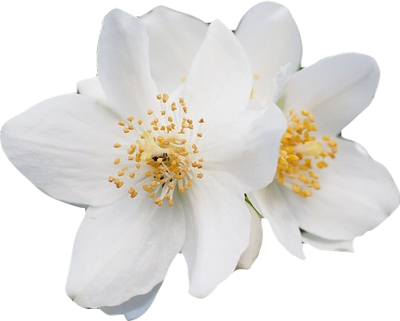
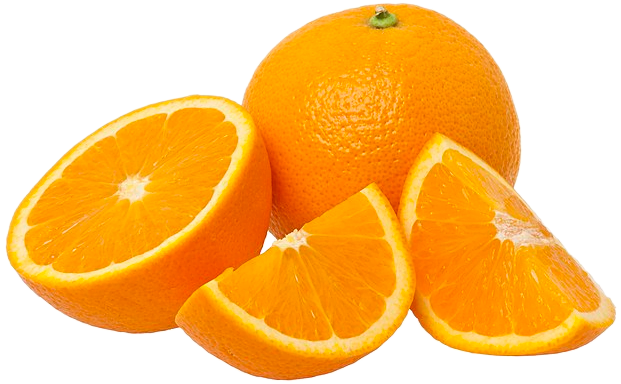
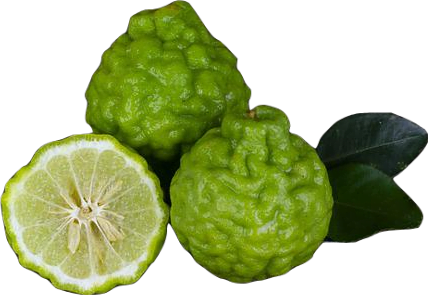
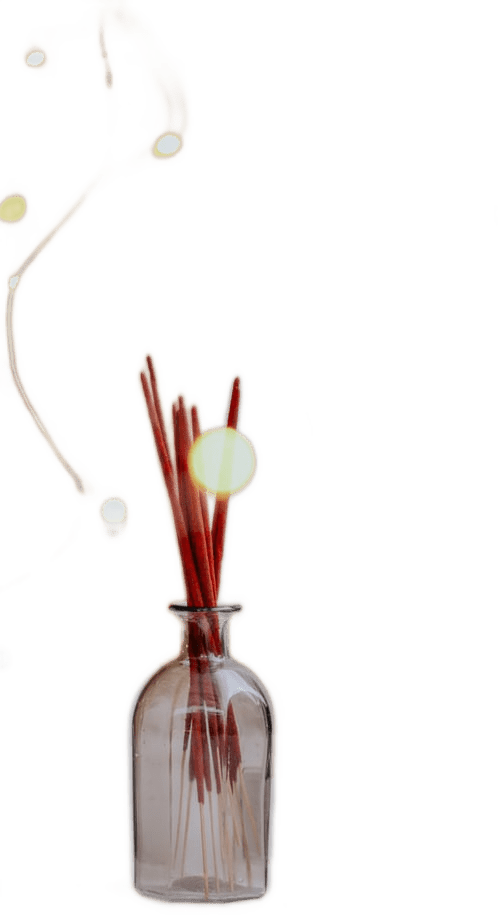
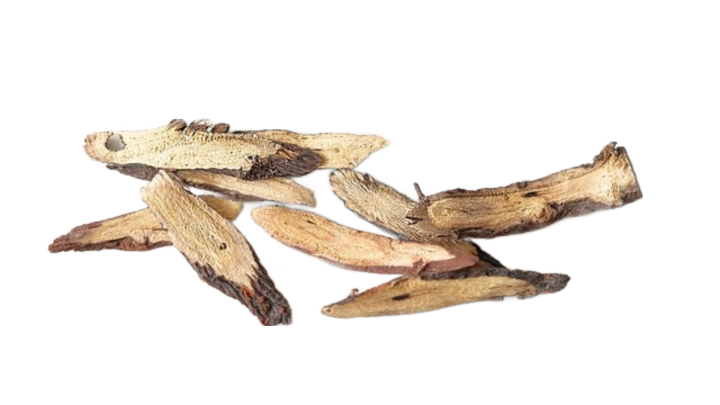

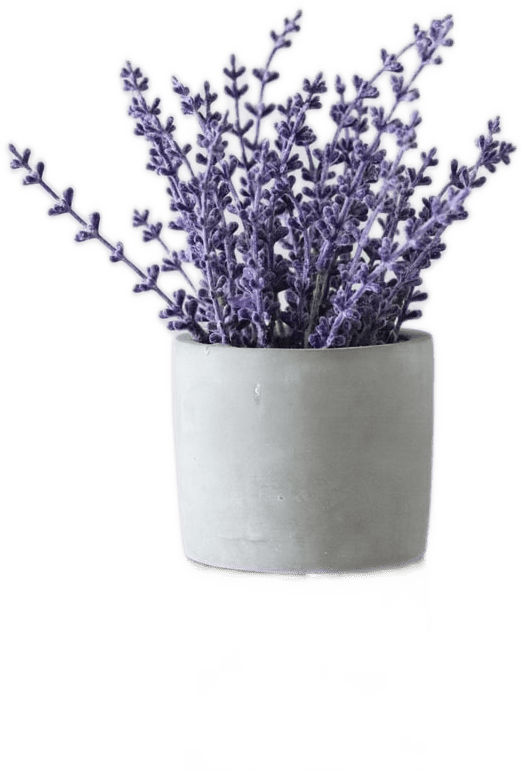
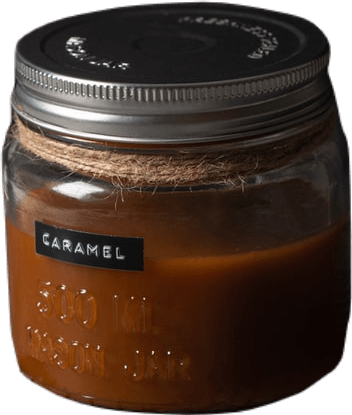

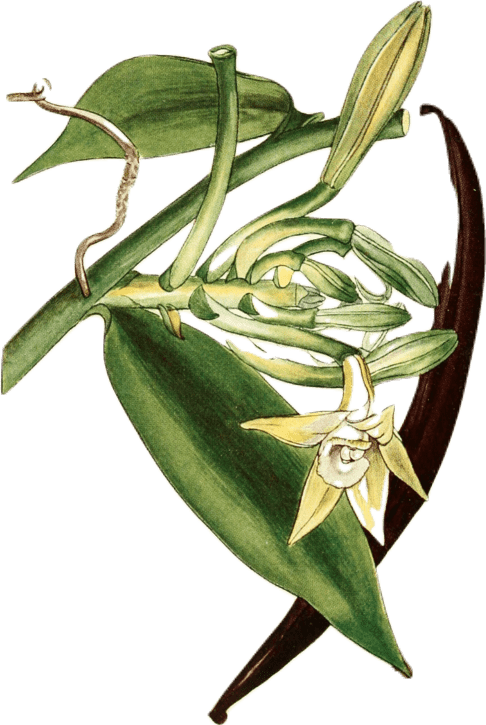


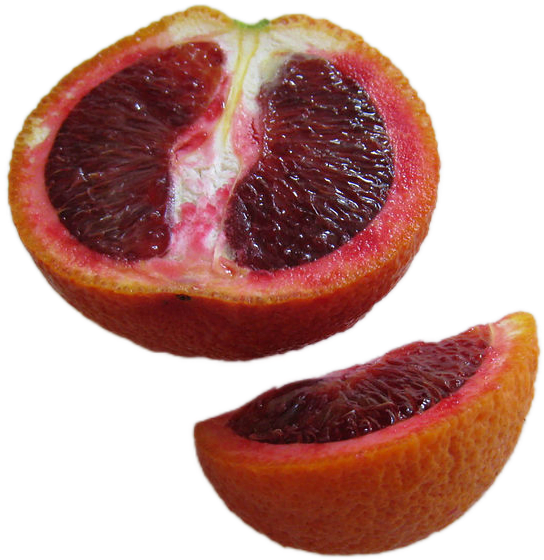
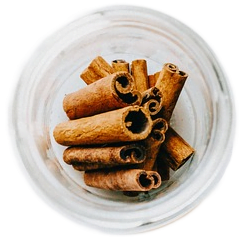
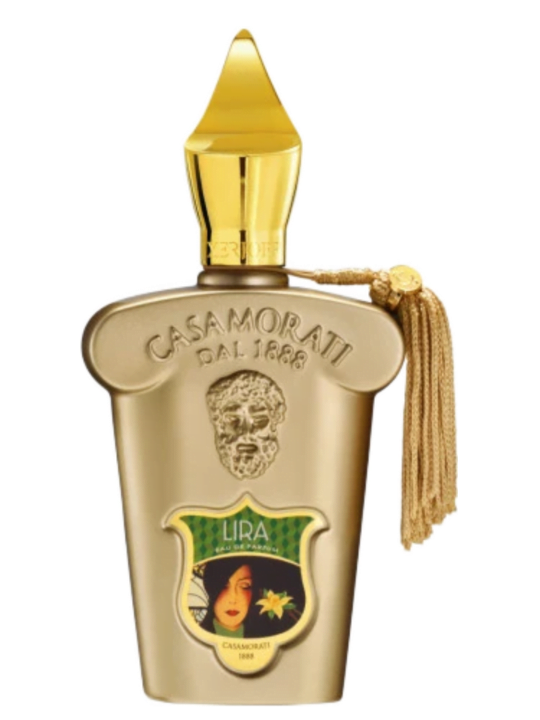
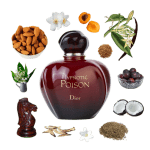

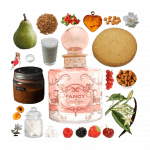
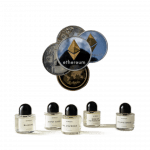

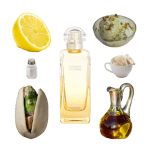
One thought on “Lira Eau de Parfum by Xerjoff Review”